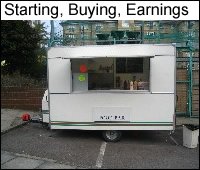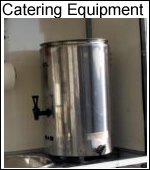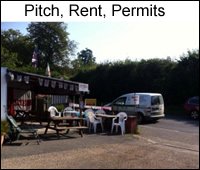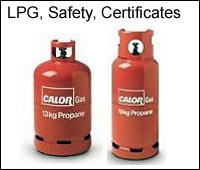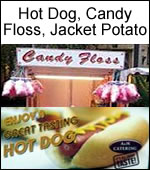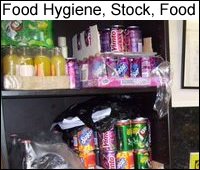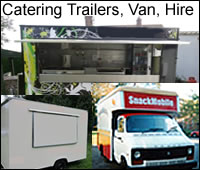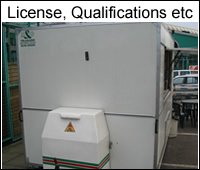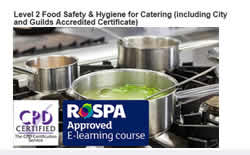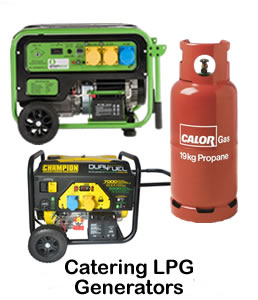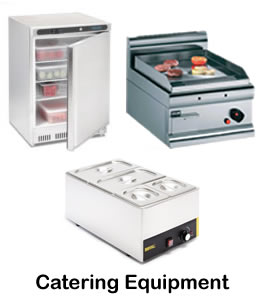What to Line Catering Trailer Interior Walls With?
by Chelsea
(Manchester)
Hi there,
Great website thanks for the info!
I am about to buy my first catering trailer and start my own business... However the trailer is a horse trailer. I know space is very tight an narrow but I love the look of one and it ties in perfectly with my theme.
One of the big worries for me is what to line the internal walls with? I will be doing most the work myself and starting from scratch. I've never really done much DIY being a young girl but I'm determined to give it a go.
I've been reading over the food.gov's website and under walls, floors and ceilings this is all it says " floors and walls should be smooth,
hard-wearing, washable and in a good state of repair"
I know stainless steel is an option but I didn't want to use it on the walls and I'm going for an 'organic' feel as I'm selling health food.
So what materials are recommended other than stainless steel for the walls and ceiling?
Many thanks, Chelsea :)
Comments for What to Line Catering Trailer Interior Walls With?
|
||
|
||


